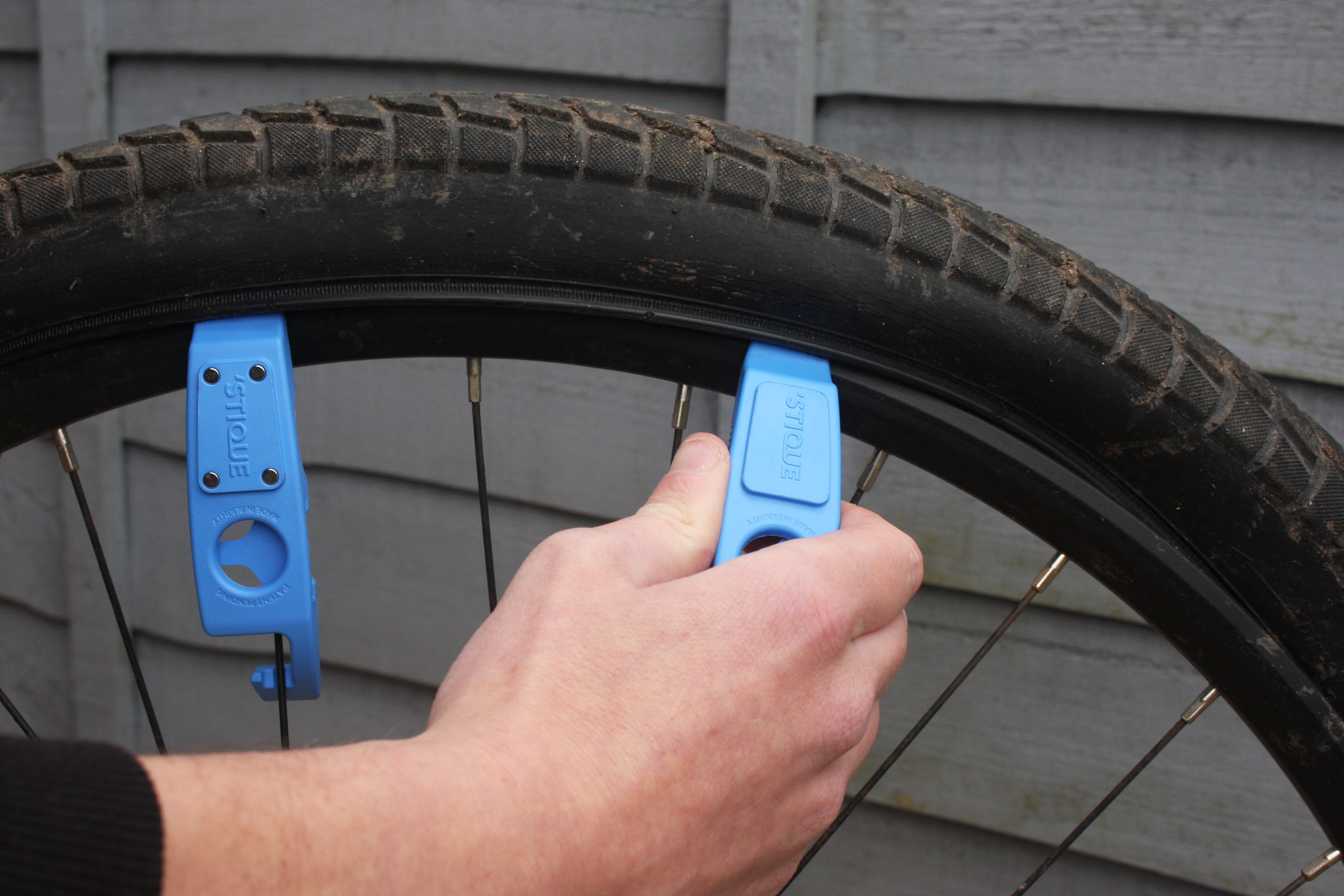Keep Your Wheels Rolling: Expert Tips for Spring Cycling Bike Maintenance!
As the winter frost thaws and the daffodils bloom, cyclists across the UK eagerly anticipate the arrival of spring, beckoning them back onto the roads and trails. However, before embarking on those first exhilarating rides of the season, it's essential to ensure that your trusty steed is in prime condition. In this comprehensive guide, we'll delve into the intricacies of spring cycling bike maintenance, providing expert tips to keep you rolling smoothly through the season.
1. Clean Your Bike Thoroughly
One of the cardinal rules of bike maintenance, especially after enduring the harsh conditions of winter, is to start with a thorough cleaning. There's a certain satisfaction in meticulously scrubbing away the remnants of road grime and salt, revealing the gleaming frame beneath. Personally, I find this task not only therapeutic but also crucial for maintaining the longevity of my bike's components.
Using a mild detergent and water, pay particular attention to the nooks and crannies where dirt tends to accumulate. A soft brush can be handy for dislodging stubborn grime from hard-to-reach places. Remember to dry your bike thoroughly afterward to prevent any moisture-related issues.
2. Check and Lubricate Moving Parts
Now that your bike is sparkling clean, it's time to turn your attention to the essential moving parts that keep everything running smoothly. The chain, in particular, deserves special attention as it's prone to wear and tear, especially during winter rides. After giving it a thorough cleaning with a degreaser, apply a high-quality lubricant to ensure seamless operation.
Don't neglect the gears and derailleurs either. These intricate components can accumulate dirt and grit over time, leading to sluggish shifting if left unchecked. A regular application of lubricant will keep them ticking like clockwork.
3. Inspect and Adjust Brakes
When hurtling down hills or navigating bustling city streets, reliable brakes are your best friend. Therefore, it's imperative to inspect and maintain them regularly. Start by checking the brake pads for wear and tear, replacing them if they're worn down to the wear indicators.
Next, ensure that the brake cables are correctly tensioned and that the pads make even contact with the wheel rims. Adjust them as necessary to achieve optimal braking performance. A simple test ride will confirm whether your brakes are up to scratch or require further fine-tuning.
4. Examine Tire Condition and Pressure
Your tires are the only point of contact between you and the road, making them a critical component of your bike's performance and safety. Before hitting the road for those first spring rides, take the time to inspect them carefully. Look out for any cuts, bulges, or signs of wear that could compromise their integrity.
Maintaining the correct tire pressure is equally important, as underinflated tires can increase rolling resistance and make pedalling feel like wading through treacle. Refer to the sidewall of your tyres for the recommended pressure range and adjust accordingly.
5. Tighten Bolts and Fasteners
While cycling may seem like a blissfully simple pursuit, your bike is actually a complex assembly of various components held together by an array of bolts and fasteners. Over time, these can work themselves loose through the vibrations and stresses of riding.
To prevent any unwelcome surprises mid-ride, it's a good practice to go over your bike periodically and tighten any loose bolts or fasteners. Pay particular attention to critical areas such as the handlebars, stem, and saddle, as well as the crankset and pedals.
6. Test Ride and Fine-Tune
With your bike now sparkling clean and finely tuned, it's time for the moment of truth – the test ride. There's no better way to gauge the effectiveness of your maintenance efforts than by hitting the road and putting your bike through its paces.
During your test ride, pay attention to how the bike feels beneath you. Are the gears shifting smoothly? Are the brakes responsive and evenly balanced? Take note of any unusual noises or sensations that could indicate further adjustments are needed.
7. Prepare for Variable Weather Conditions
Ah, the unpredictable British weather – a source of perennial fascination and frustration for cyclists alike. As you prepare for your spring cycling adventures, it's essential to equip yourself and your bike for whatever Mother Nature throws your way.
Investing in a set of mudguards can be a game-changer, particularly during those inevitable spring showers. Not only do they keep you drier and more comfortable, but they also protect your bike from the corrosive effects of road spray. Additionally, carrying essential tools and spares – such as a mini-pump, inner tubes, and a multitool – will ensure you're prepared for any eventuality.
Conclusion
As the days lengthen and the temperatures rise, there's an undeniable sense of anticipation in the air as cyclists eagerly dust off their bikes and prepare for another season of two-wheeled adventures. However, before embarking on those first exhilarating rides of spring, it's essential to ensure that your bike is in optimal condition.
By following the expert tips outlined in this guide – from thorough cleaning and lubrication to meticulous inspection and adjustment – you can rest assured that your trusty steed is ready to tackle the roads with confidence. Remember, a well-maintained bike not only performs better but also enhances your overall riding experience, allowing you to savour the joys of spring cycling to the fullest. So, keep your wheels rolling and embrace the beauty of the season on your next ride!

